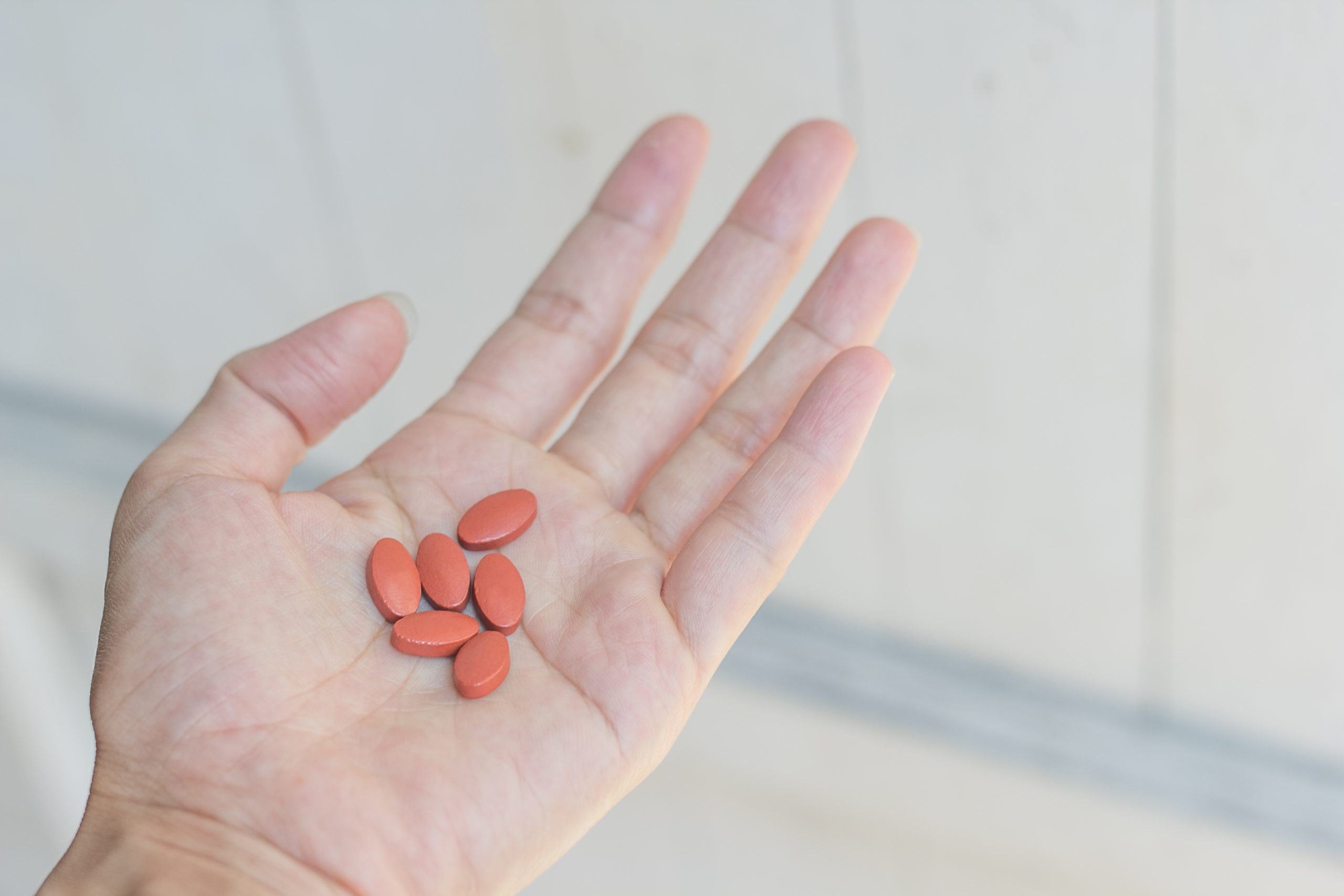Connect with us
Published
2 years agoon

Arguments for cannabis legalization and regulation, along with anecdotal evidence, asserts that the drug could reduce prescription drug use, treating a number of conditions without the same side effects or risks of addiction. Now, a recent study published in the journal Health Economics appears to confirm the theory.
The research was conducted by Shyam Raman at Cornell University’s Jeb E. Brooks School of Public, and Ashley Bradford at Indiana University’s O’Neill School of Public and Environmental Affairs.
The researchers looked at quarterly data for all Medicaid prescriptions from 2011 to 2019 to investigate the impact of state-level recreational cannabis laws on prescription drug use. They found that the presence of a legal cannabis market in a state resulted in a sharp decline in prescription drug use among individuals enrolled in state Medicaid programs.
The drugs included pain, anxiety, depression, psychosis, seizure, and sleep treatments. The findings are notable in that they indicate cannabis is replacing a wide variety of drugs, not just opioids.
In addition to focusing on a wide variety of drugs, the researchers included every U.S. state. The period they settled on also covers the first decade of legal cannabis sales, kicking off initially in Colorado and Washington. The researchers found a decrease in use of drugs treating the above conditions, six of the nine total areas they analyzed. They note there was no decrease in use in prescription drugs for nausea, spasticity or glaucoma.
In their discussion of the results, the researchers also cautioned that cannabis use in itself is not without harm. They cite research from The National Academies of Sciences, Engineering, and Medicine, showing that cannabis use is associated with triggering anxiety, psychoses like schizophrenia and that more frequent cannabis use is moderately associated with substance use disorders.
“We must also consider the possibility that an increase in patients using cannabis to treat their medical conditions may have the unintended consequence of creating more distance between individuals and their medical providers,” they note in their discussion of the study.
In addition, the research doesn’t capture patient-level wellness, so the long run effects of substituting pharmaceutical drugs with cannabis is still unknown.
They conclude, “Hopefully, as newer data and more robust econometric methods become available, future researchers will be able to fully decompose the costs and benefits associated with the legalization of cannabis at the state level.”
As the cannabis world, and market, continues to grow, so too does the research around cannabis and its medical benefits. The research often substantiates the findings of this new study, at least when it comes to opioids.
Two recent studies from earlier this year, presented at the 2022 Annual Meeting of the American Academy of Orthopaedic Surgeons, suggest that giving patients with chronic back pain and osteoarthritis access to medical cannabis can reduce or eliminate the use of opioids for their pain management.
Addressing an adjacent conversation, Researchers at the University of Washington analyzed substance use trends from 2014 to 2019 and found that people aged 21-25 were less likely to consume drugs like alcohol, nicotine and non-prescription opioids after cannabis was legalized in their state. The study was published earlier in May and analyzed data from 12,694 adults.
These are just a small sampling of many recent findings regarding the potential of cannabis, with more surely to come.
The researchers note that the results have “important implications,” especially since it’s among the first studies to look at a broad range of prescription drugs.
They say, “The reductions in drug utilization that we find provide information about potential cost savings for state Medicaid programs. The results also indicate a potential harm reduction opportunity, as pharmaceutical drugs often come with dangerous side effects or – as with opioids—potential for misuse.”


German Authorities to Ban Cannabis Smoking, Vaping at Festivals Including Oktoberfest


Illinois Governor Cites Cannabis Reform While Campaigning for Biden


States With Legal Weed See Increase in College Applications


‘Star Wars’ Blue Milk Released from Multiple Brands Ahead of May the 4th


Stoners Still Gathered at Hippie Hill for 4/20 Celebration Despite Event Cancellation


Ohio Company Signs Deal To Grow Hemp for Bioplastic
